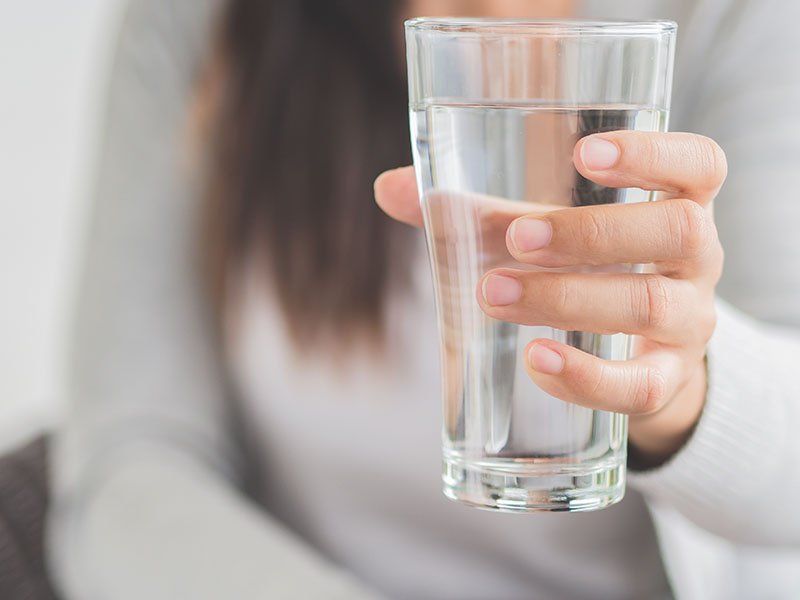Water has many types and is not only one type when we look into it. There is drinking water, working grade and utility grade that distinguishes water for us, so we use them as we need. Drinking water has the best and superior utility for humans as it helps us survive, being our basic necessity. Water may have contaminants, sediments, salt etc. that needs to be removed.
Where does most water that everyone uses come from?
Drinking water can be from groundwater present underground, rain and seas, wells, etc. Surface water iswater that you see on top of the earth’s surface like streams or reservoirs. About 80% of the water that you may use daily for all your needs comes from surface water. It has to be free from any impurities and things that would make using it difficult for us.
What makes water fit for drinking after getting it from the source?
Public water systems must follow certain standards and regulations to make water as safe as possible. If not, it can lead to health problems, including affecting the immune system, causing gastrointestinal illnesses, reproductive problems as well and many more. Hence, making water fit for drinking is a task that is done very responsibly and seriously by respective authorities.There are drinking water acts, absolute one-micron filtering, ultraviolet light treatment and such methods employed to do the same.
Learning what TDS means in drinking water for our safety
More TDS in water means there is more salinity in it, making it unfit for drinking. TDS stands for total dissolved solids, with the solids being calcium, magnesium, bicarbonates, inorganic compounds etc. Drinkingwater has a range starting with50 PPM (parts per million), with 50 being positive and 300 being fair enough for drinking. If the water you drink is between 50 to 150 in TDS level, then it is considered excellent for drinking.
How Bisleri make sure the bottled water you drink is best for you?
The pure water in a bottle or jar of Bisleri is such that it preserves the necessary minerals in the waterand the average TDS in drinking water. The minerals are necessary for your body to stay fit. Some methods employed by others to purify water removes even the minerals, which creates health issues. However, Bisleriis a brand that purifies without any compromises in the quality of drinking water.
Water purification and maintaining the average TDS in drinking water
Scales form and water becomes challenging when the TDS is high in water. The dissolved substances in water can be inorganic salts and negatively charged anions. All these have to be calculated and treated well to maintain an average TDS in drinking water. Bisleri water has a TDS of 120 PPM, making it safe and fit for consumption without worrying about the good and bad of water.
Understanding usage of water with various TDS levels
Drinking water cannot be above 300PPM as either will it be good to taste nor would it be healthy with all the dissolved solids. Drinking water with a TDS level beyond 1000PPM is considered completely unsafe as opposed to average TDS in drinking water. Other needs like cooking, bathing, watering plants etc. have varying TDS levels. The dissolved solids can be anything based on your location, source of water, water treatment, purification etc.
Why does water has to fit some essential criteria for humans?
Livestock can drink water with a TDS level of around 3000PPM. Human bodies are far more sensitive and need monitored water with average TDS in drinking water. There has to be the required quantity of minerals and there shouldn’t be solids dissolved above a specific range. So we employ various methods like boiling, distillation, reverse osmosis, etc.
Many packaged drinking water brands promise the highest quality with average TDS in drinking water. Various methods work on the water to make it fit for drinking. There is a brand that have always worked relentlessly for numerous years. The 10-step purification method that they follow at Bisleri makes pure water accessible to you very quickly.

